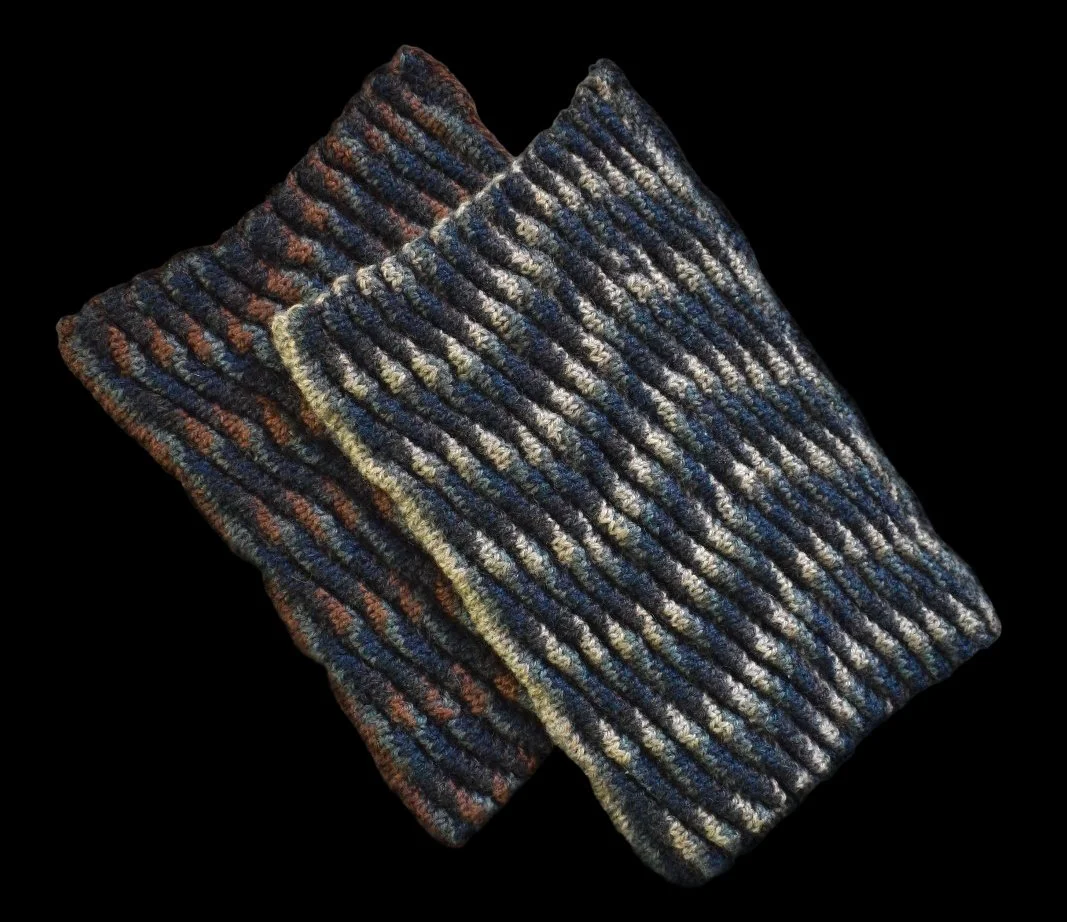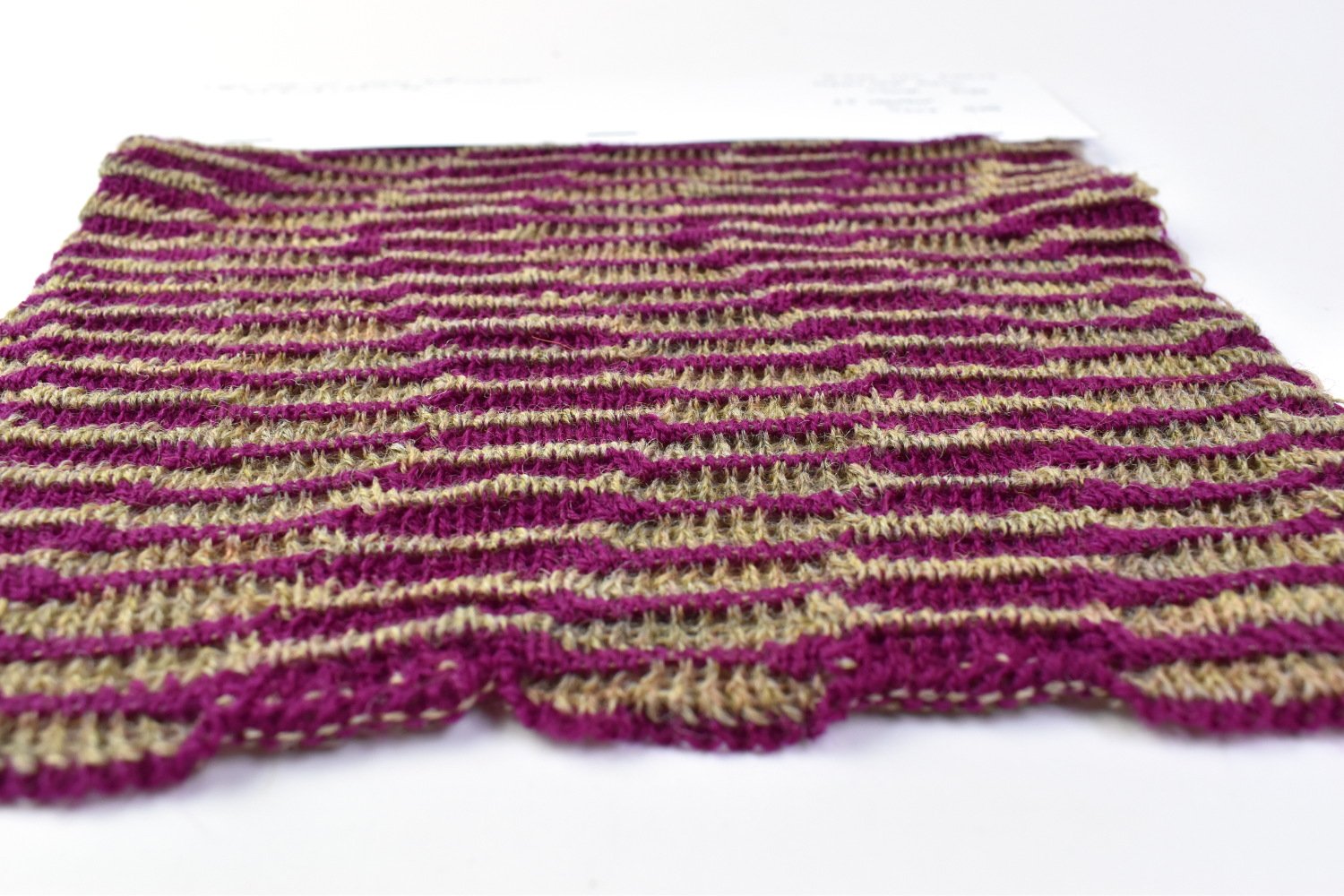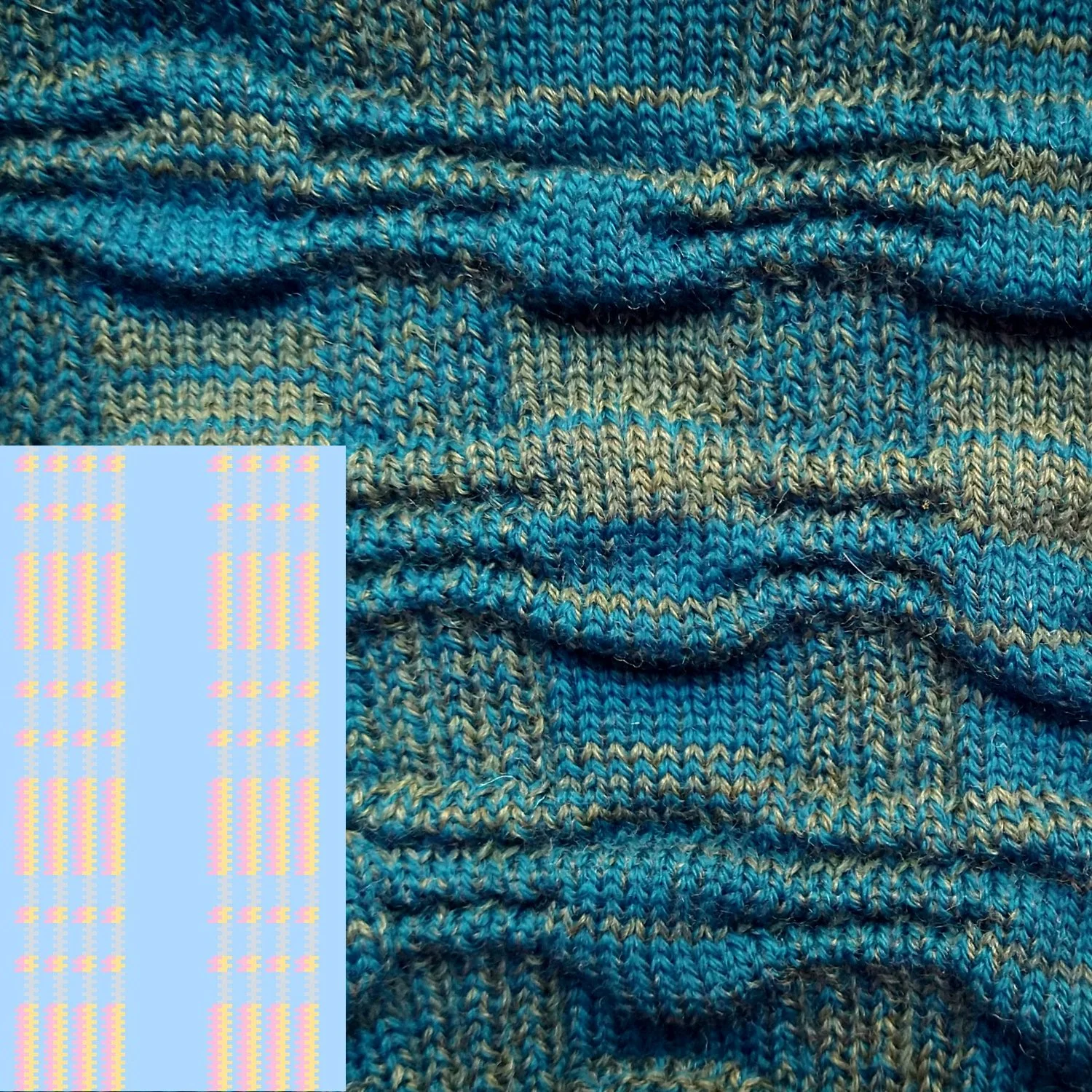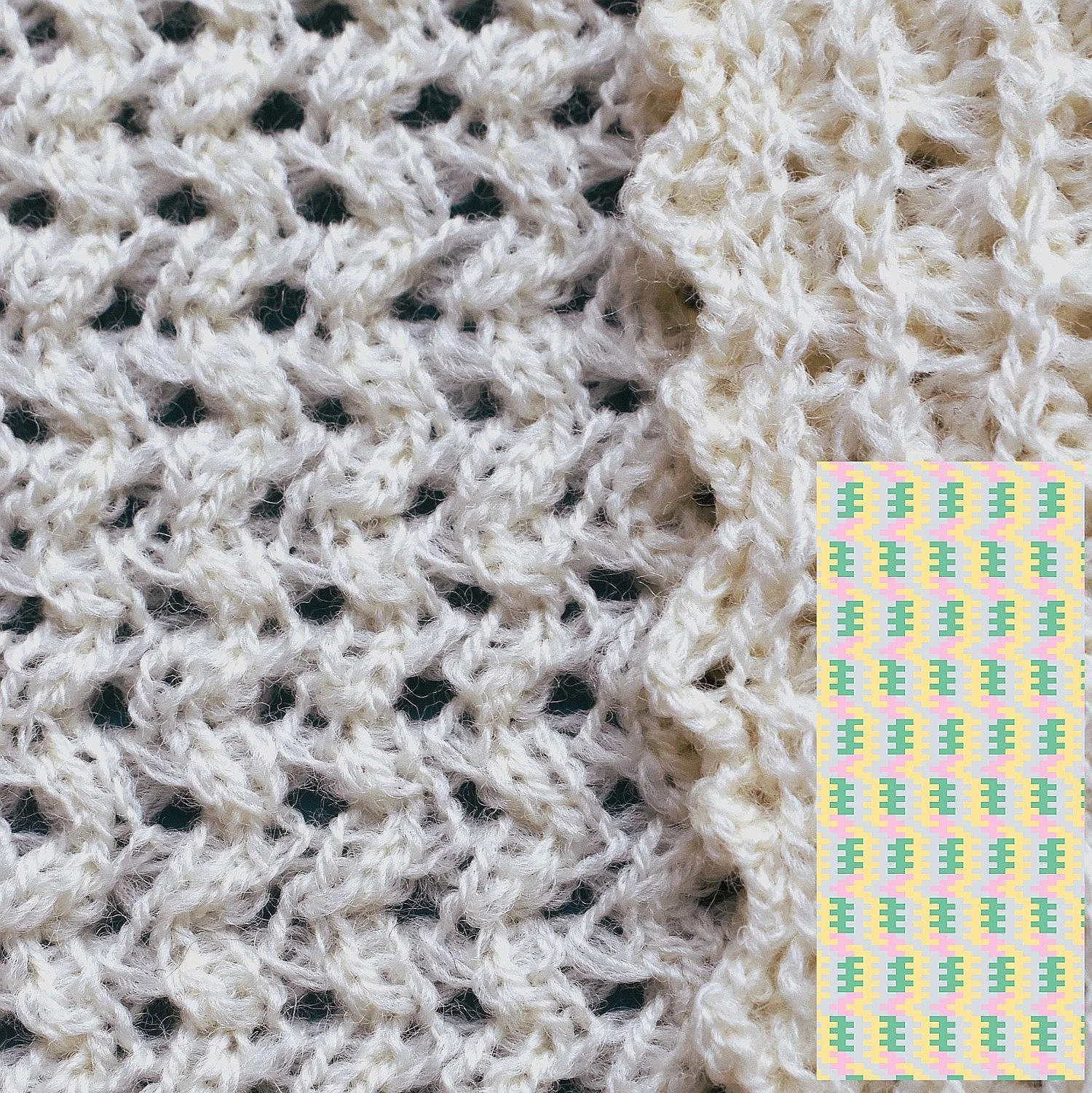Textile Challenge Recap
Last month was Textile Month and if you were following my abbreviated September Instagram journey, you noticed that I participated in the #SeptTextileLove challenge. Each year it's a fun way for textile makers to come together, share their work, and inspire one another. While I did not document every single day, I was truly inspired by others, and I posted as frequently as life and work permitted. A special shoutout to Seam Collective for introducing this challenge. My favorite prompts and posts (with added commentary) from the challenge are below.
Day 1: Introduction
At a first glance, one might think I've taken up designing knitwear for dolls given the tiny sweater I showcased with my first post (above). I seldom knit full size sweaters these days. My passion lies in the process of crafting machine-knitted stitch patterns and fabrics. But why, you might ask, the mini sweater? Keep reading :)
The tiny sweater is fully fashioned in 100% wool, my favorite fiber. Its design features reverse jersey miss for the front and back, complemented by a reverse jersey yoke and sleeves. I knitted 2x1 rib for cuffs and collar. All knitted on my main machine, the Kniterate.
Day 2: Current Project
My current endeavor is centered on updating my course Designing with Kniterate. With the recent upgrade of the Kniterate design app, my course too needed a huge revamp. As of this moment, two course sessions have been rewritten, recorded, and posted. Two more sessions to go!
While the tiny sweater might look sizeable in the picture above, its petite size served me well. And here's the fun part — designing and knitting a tiny sweater was a part of the course update process. This small project allowed me to tweak settings like stitch size and takedown, while I tested and became acquainted with the latest features of the software. And knitting tiny means quicker results. I love that it looks full size in the photo above.
Knowing its tiny size, I’ve imagined a whimsical scenario where the sweater is left in a field, waiting for an elf to stumble upon it on a brisk day. In reality I had tossed it temporarily in a flower box on my New York City rooftop.
In a quirky turn of events, my gauge swatches for this project were larger than the end product itself.
Day 3 Inspiration/Influence
I’ve been a machine knitter for several decades. There have been countless inspirations. My first major influence was my teacher Susanna Lewis. She introduced me to the technique she called "rippled jacquard" in class one day. It's a double knitted multicolored variation of Ottoman stitch. I've been playing with that technique for decades now, first knitting them on a Brother 260. Here are those very first 4-color jacquards.
My first rippled jacquard on the Kniterate was in two colors. In case you were wondering, programming on the computer was a lot easier and way more fun than punching cards for the Brother.
Day 4 Challenge
Stepping out of one's comfort zone can be exhilarating. Leaving the wool zone to venture into the stretch viscose area (courtesy of the folks at Silk City Fibers) was definitely a challenge.
Though I’ve had my share of experiences with a variety of fibers, working with stretch viscose was uncharted territory. Experiknitting this yarn stretched (quite literally!) my skills and patience. I had a huge setback at the start. The yarn on the first part of the cone was not cross-wound and had to be discarded, as it wouldn’t unwind evenly from the cone. The yarn then seemed to knit well, but gradually the stitches became tighter and tighter.
Adjusting Kniterate’s settings was the key. Top and lateral tensions needed to be as loose as possible. Happily, I now have a good project idea for the yarn.
Day 7: Pattern
One of my greatest joys working with yarn and knitting machines, is the endless exploration of pattern. I think of a stitch pattern as a rhythmic expression of creativity and attention to detail. It documents the developer’s journey, method, and style.
I love when I zoom out the canvas in the Kniterate design app and see that the digital representation reflects the reality of the actual swatch. That doesn’t always happen. But I see it with the patterns below.
Developing and knitting swatches remain my favorite activities on a knitting machine, but you may see a garment or two in the future. No guarantee on the size.
O!
If you’re a Kniterate user, you may be interested in my prerecorded Designing with Kniterate classes. If you’re not an owner yet, I’d be happy to give you a virtual tour of the machine.







